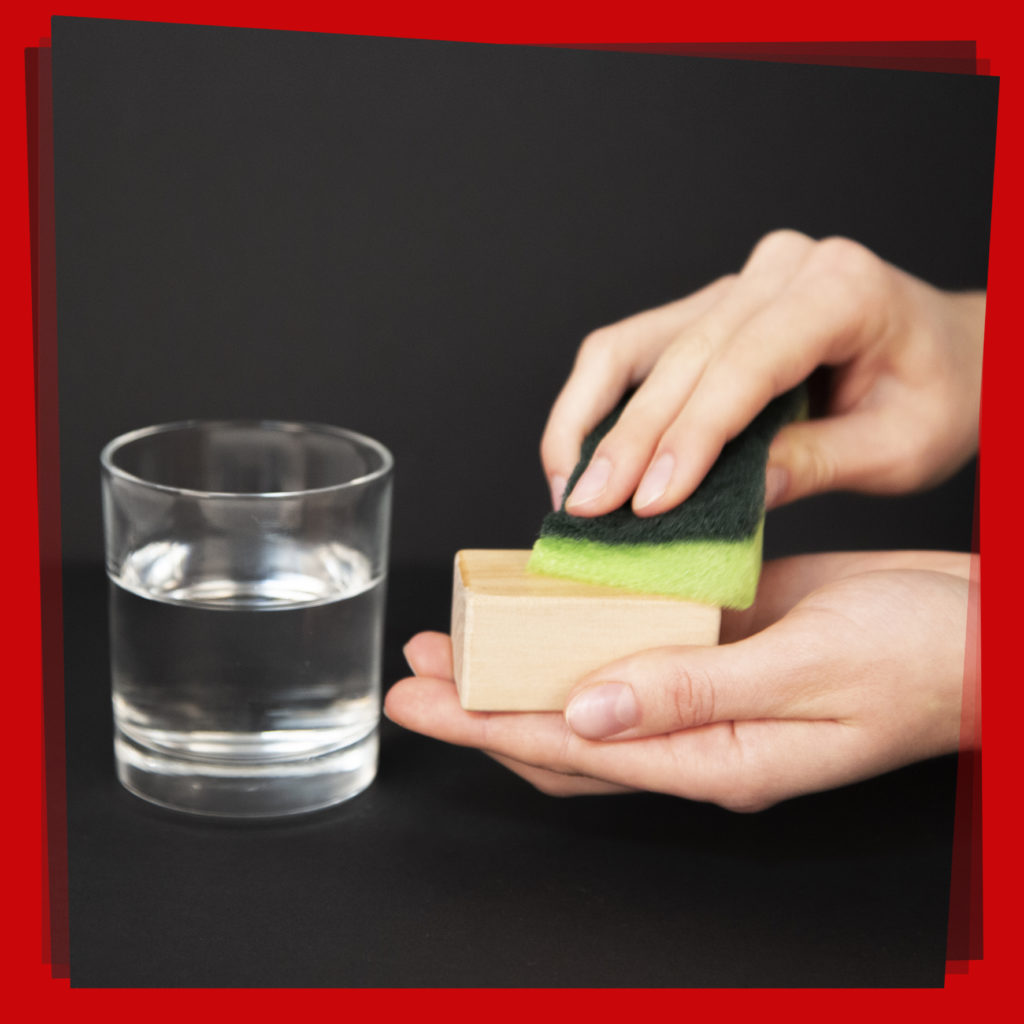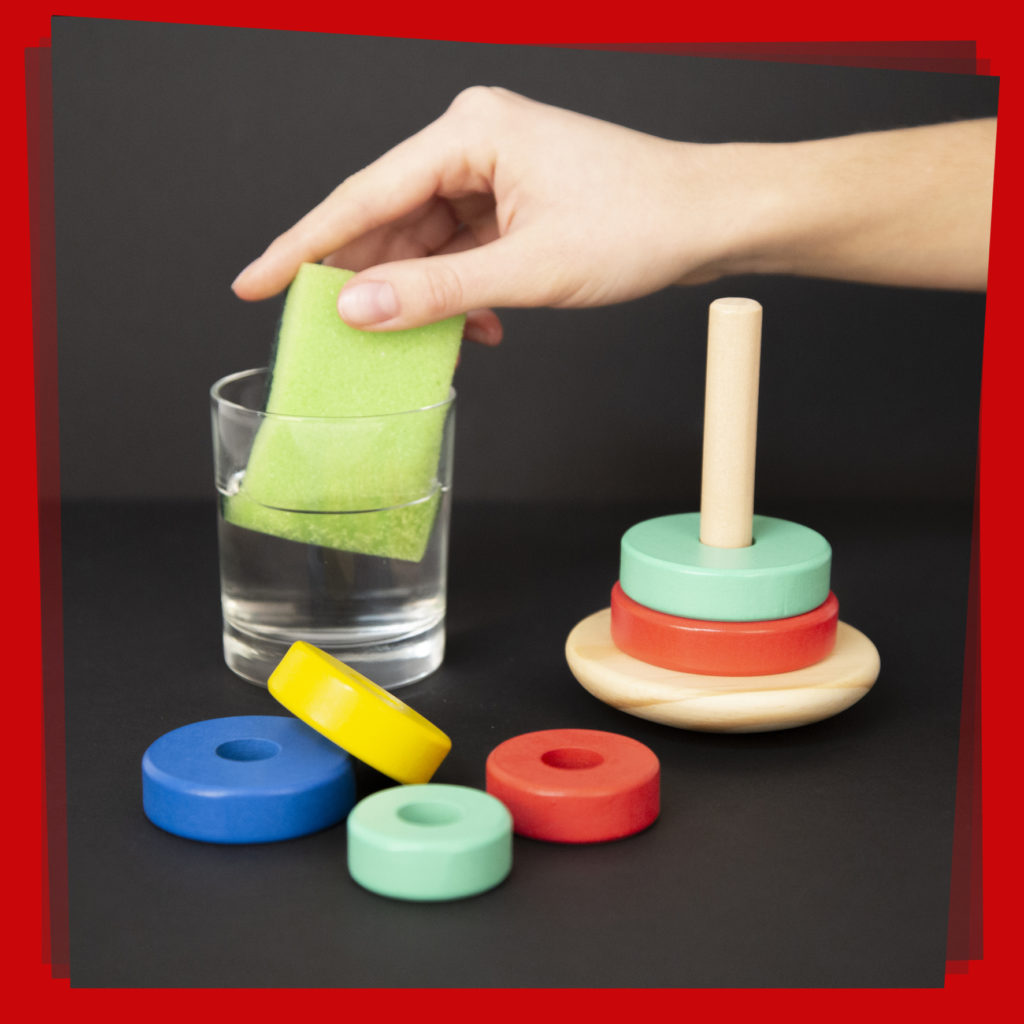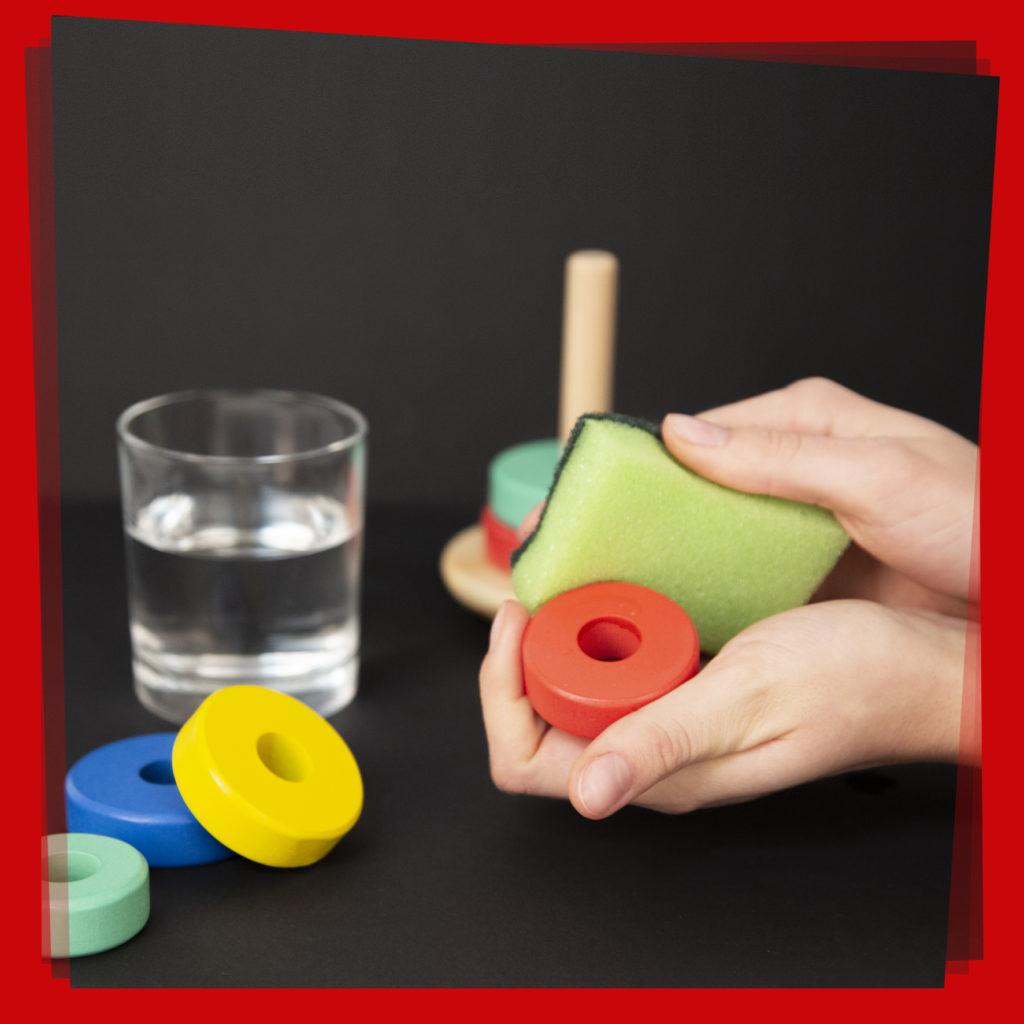A clean sweep for wooden toys - Here the best tips for your customers!
"What's the best way for me to wash or clean wooden toys?" and "Do I actually have to disinfect wooden toys?"
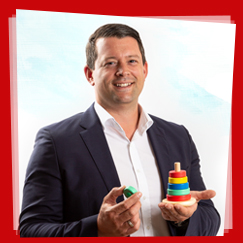 Naturally clean! Use our expertise as one of the leading manufacturers of wooden toys!
Naturally clean! Use our expertise as one of the leading manufacturers of wooden toys!
In order for you as our partner and as a competent point of contact in the industry to have the right answers for your customers, we will go through the best tips for cleaning wooden toys in the following compact-form article and give you useful tips all about the topic "clean toys".
Do wooden toys even need to be cleaned?
Many parents believe that easy-care plastic toys with their especially smooth, easy-wipe surfaces are more hygienic than wooden toys. That's false! Actually, the opposite is true, at least when it comes to the transmission of illnesses due to certain viruses. A study at the American State University of Georgie from 2016* determined that enveloped viruses such as the influenza virus have a much shorter lifespan on wood than on plastic. This is due to the porous, hygroscopic (moisture-absorbing) surface of wood which draws out moisture that's necessary for the viruses' survival. In addition, wood contains naturally antibacterial substances (tannic acids) which acts almost like a self-cleaning mechanism. Nevertheless: Every toy, whether it's made out of wood or plastic, eventually comes into contact with dirt, grime, dust or germs sooner or later. For this reason, toys should be generally washed in regular intervals - even wooden toys!
* The article "Survival of an Enveloped Virus on Toys" from Richard Bearden and Lisa Casanova appeared in "The Pediatric Infectious Disease Journal" in May 2016.
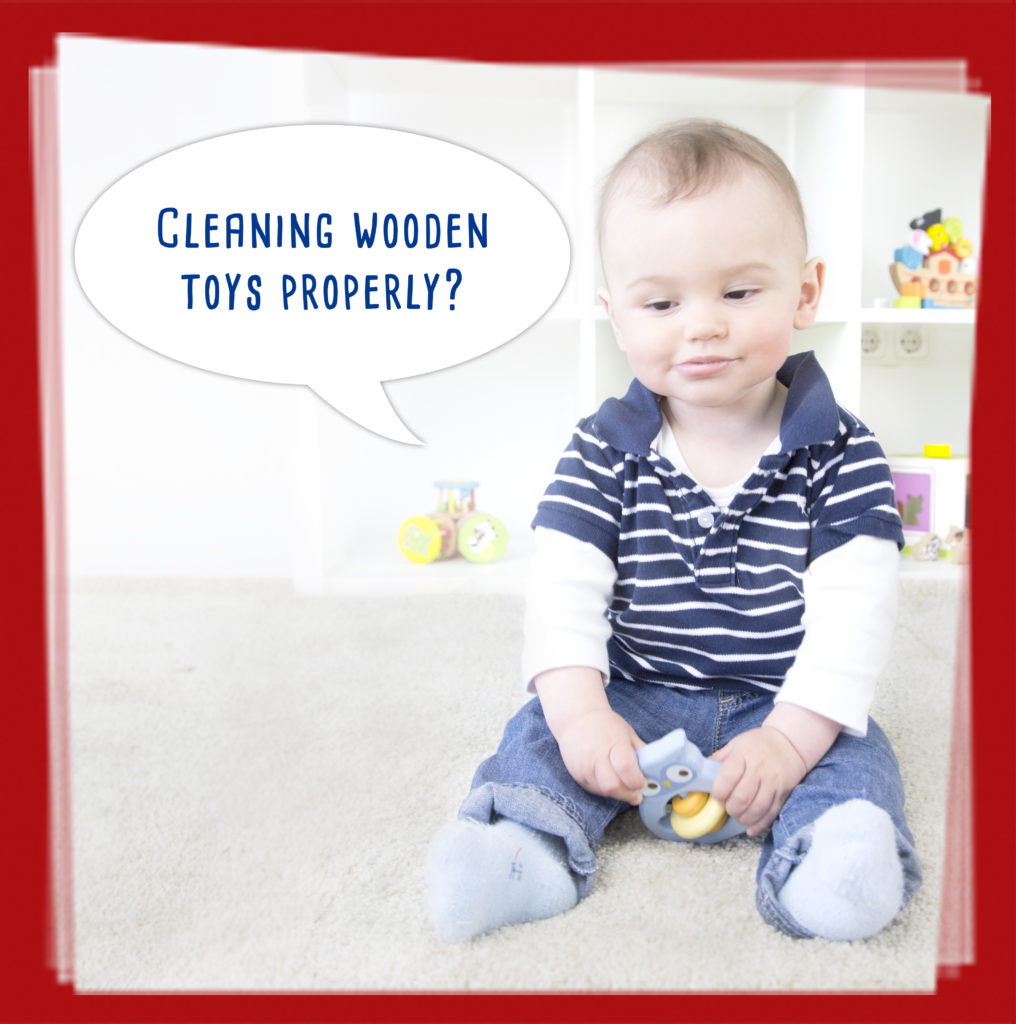  |
Cleaning wooden toys properly? It's easy! The proper cleaning of grip toys, building blocks, stacking cubes, puzzles, motor activity toys, shape-fitting cubes, baby walkers and toy vehicles made of wood depends mostly on whether the wood is treated or untreated.
Untreated wood is not sealed. That means that moisture can quickly sink into the wood during intensive, long-lasting cleaning sessions with lots of water, causing the wood to swell and become unusable. Untreated wooden toys should therefore never be played with in bath water or go into the washing machine - and certainly not into the dishwasher! You should also avoid "boiling it off" or disinfecting it in a steam steriliser. It's much better to simply wipe wooden toys with some lukewarm water (or water with a small dash of vinegar, baking soda or an environmentally friendly dish detergent). For this cleaning, it's best to use a new, clean washcloth or sponge. Once cleaned in this way, the toy should be thoroughly dried off with a clean towel so that it can be left out in the fresh air (preferably in the sun) to dry completely. And here's an extra tip for particularly dirty toys: tough dirt spots that stick around after the cleaning described above can be easily sanded off. For this, it's best to use fine-grain sandpaper - but sometimes, a strong rubbing with the green side of a kitchen sponge will do the trick!
The proper cleaning of grip toys, building blocks, stacking cubes, puzzles, motor activity toys, shape-fitting cubes, baby walkers and toy vehicles made of wood depends mostly on whether the wood is treated or untreated.
Untreated wood is not sealed. That means that moisture can quickly sink into the wood during intensive, long-lasting cleaning sessions with lots of water, causing the wood to swell and become unusable. Untreated wooden toys should therefore never be played with in bath water or go into the washing machine - and certainly not into the dishwasher! You should also avoid "boiling it off" or disinfecting it in a steam steriliser. It's much better to simply wipe wooden toys with some lukewarm water (or water with a small dash of vinegar, baking soda or an environmentally friendly dish detergent). For this cleaning, it's best to use a new, clean washcloth or sponge. Once cleaned in this way, the toy should be thoroughly dried off with a clean towel so that it can be left out in the fresh air (preferably in the sun) to dry completely. And here's an extra tip for particularly dirty toys: tough dirt spots that stick around after the cleaning described above can be easily sanded off. For this, it's best to use fine-grain sandpaper - but sometimes, a strong rubbing with the green side of a kitchen sponge will do the trick! |
Varnished wooden toys are sealed. Toys which are painted with a coloured or clear varnish therefore withstand moisture somewhat better than natural, untreated wood, provided the surface varnish is still intact. Nevertheless, it is not recommended to clean varnished wooden toys in the washing machine, dishwasher or steam steriliser. Even with treated wooden toys, it's sufficient to wipe down or clean them with lukewarm vinegar, baking soda or a light detergent. Compared to untreated wood, however - with varnished wooden toys, you no longer have the option to sand off tough dirt spots, since that would damage the surface and the colour.
Aggressive cleaning and disinfecting solutions are not for wooden toys!
It's not recommended to use strong cleaning and disinfecting solutions on wooden toys - nor is it necessary! Cleaning wooden toys with strong chemicals or with alcohol attacks the material itself, which reduces the product's lifespan. In addition, there's the danger that chemical residues which may remain in the wood could be transferred to children's oral mucous membranes when they put the toy in their mouth. That's clearly not healthy and also presents a certain danger of allergies. Washcloths soaked in cleaning solutions are also not for wooden toys. This all means that hygienic measures that are too strong for wooden toys does more harm than good! And last but not least, it's a good idea to avoid cleaning solutions from the perspectives of environmental protection, ecological friendliness and sustainability.
Cleanliness at a glance - Here's what you should know:
- Clean toys regularly!
- Know and recognise the difference between varnished and untreated wooden toys!
- Limit the amount of time you spend cleaning the toys!
- Do not clean the toys in a water bath, dishwasher or washing machine!
- No boiling or disinfecting with a steam steriliser!
- Use clean cloths/sponges with a bit of lukewarm water!
- Use water to clean the toys, if desired with a bit of vinegar, baking soda or environmentally friendly dish soap!
- Let cleaned toys dry completely!
- Sand off tough soil spots on untreated woodDo not use aggressive/chemical cleaning/disinfecting solutions!
- Do not use aggressive/chemical cleaning/disinfecting solutions!
We wish you lots of happy, hygienic playtime fun!
 Naturally clean! Use our expertise as one of the leading manufacturers of wooden toys!
Naturally clean! Use our expertise as one of the leading manufacturers of wooden toys!


